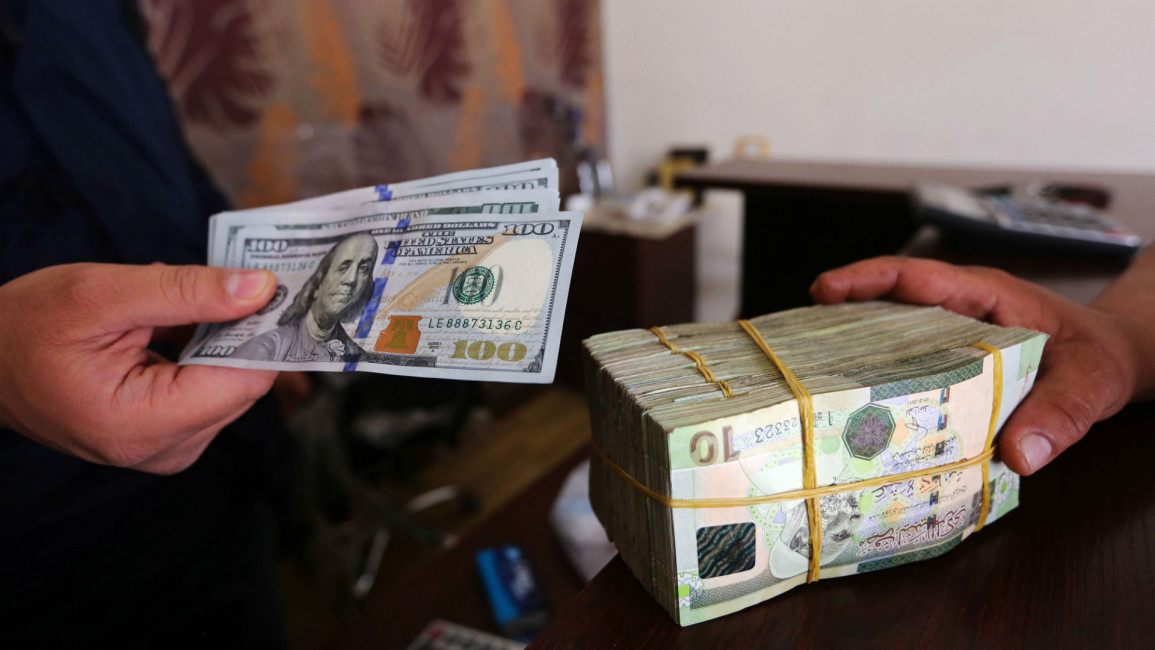New Libyan banknotes raise fears about unity
A consignment of notes worth 200 million Libyan dinars was flown to al Abraq International Airport on Tuesday, with distribution of the cash being handled by Libya's Beida Central Bank.
"The printed notes are worth four billion Libyan dinars and are the same sizes and denominations as the current banknotes," central bank governor Ali Salim al-Hibri told Libya's al-Iktisadia TV, emphasising that there would be no clash with the existing currency.
Last year, al-Hibri was recognised by the International Monetary Fund as the central bank's governor and as their sole contact in Libya.
Despite his endorsement of the notes, the US Embassy in Libya declared them to be counterfeit in a statement that said that "such notes could undermine confidence in Libya's currency and the CBL's ability to manage monetary policy to enable economic recovery."
According to the Guardian, senior diplomats have expressed fears that the separate notes will create chaos and deepen the country's regional divisions.
This is while Libya's Government of National Accord in Tripoli struggles to assert its authority while facing a rival military power in the country's east.
An unnamed source told the newspaper last week that the introduction of the Russian-printed notes "would be counterfeit and could undermine confidence in Libya's currency, as well as the Central Bank of Libya's ability to manage the monetary policy to enable economic recovery."
Libya is currently experiencing a severe liquidity crisis, with many of the country's banks limiting withdrawals to 500 dinars a day.
Before the country's civil war in 2011, the North African nation produced 1.5 million barrels of crude a day. At present, Libya produces 100,000 per day, which is down from 500,000 five years ago.



